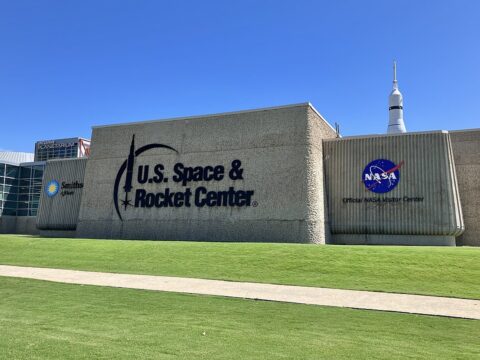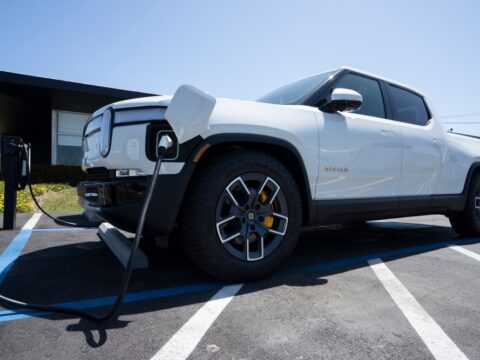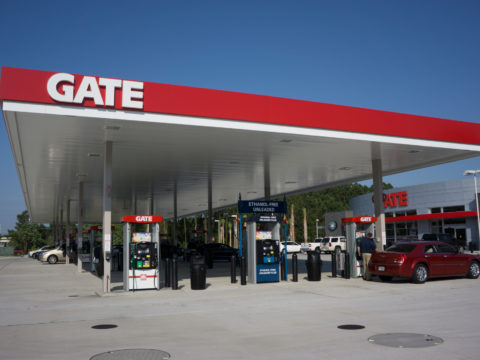Expanding electric public transportation offers many environmental and economic benefits, but it also comes with several challenges. From high initial costs to infrastructure limitations, there are key obstacles that cities must address to make this transition successful. We’ll explore 16 issues facing the growth of electric public transit and why they matter.
Contents
High Initial Costs

A major hurdle for expanding electric public transportation is the significant upfront expense of purchasing electric buses, trains, and infrastructure. These vehicles are typically more costly than their diesel counterparts, largely due to the advanced technology and battery systems involved. Many cities face budget constraints, making it difficult to justify such a substantial investment without external funding or subsidies.
Limited Charging Infrastructure

The availability of charging stations remains a critical issue, especially in areas where infrastructure is underdeveloped. Electric public transportation requires strategically located, high-capacity charging points to maintain consistent service. In many cities, building this network from scratch represents a costly and time-consuming effort. Without sufficient infrastructure, the reliability and efficiency of electric vehicles are severely compromised.
Battery Range Limitations
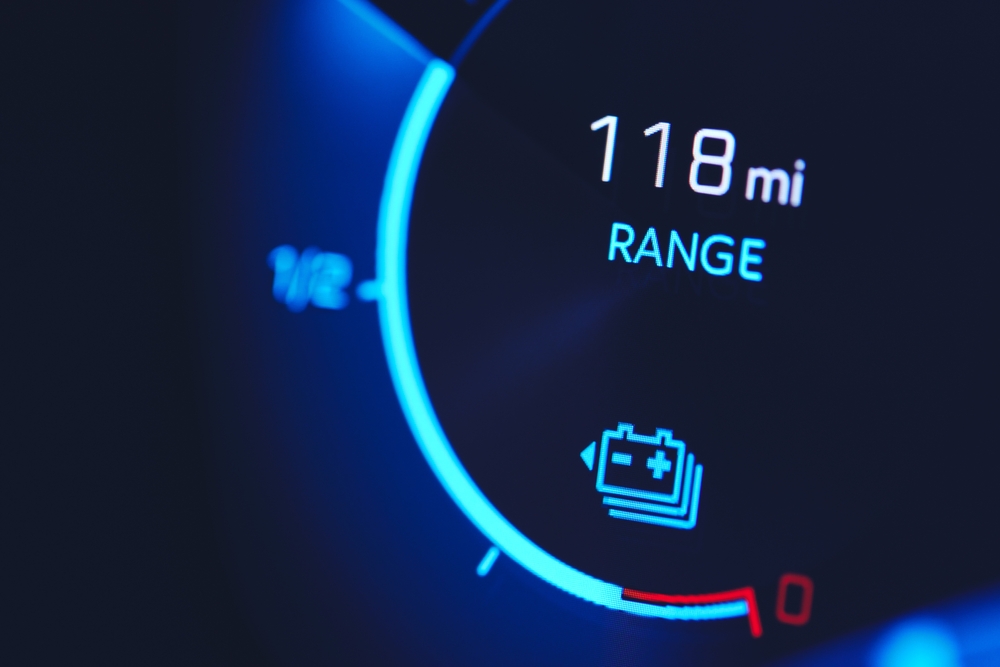
Battery technology has advanced, but range limitations still pose a challenge, particularly for longer routes. Electric buses and trains often require frequent recharging, which can lead to disruptions in service. In busy metropolitan areas, this creates operational inefficiencies, especially during peak transit hours. Overcoming this issue will require further innovations in battery storage and energy efficiency.
Energy Demand on the Grid
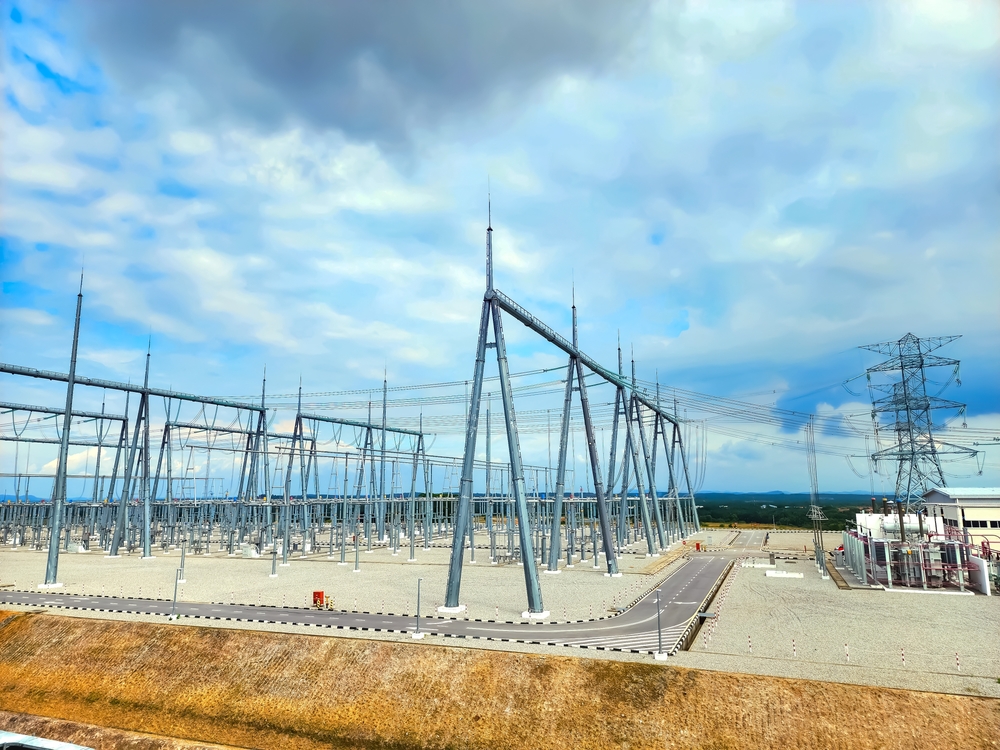
As electric public transportation expands, the additional strain on local power grids becomes a growing concern. The increased demand for electricity, especially during peak charging times, can lead to grid instability if infrastructure upgrades are not made in parallel. Many regions rely on fossil fuels for electricity, raising concerns about the true environmental impact of electric transit systems.
Performance in Extreme Weather

Electric public transportation may struggle to perform optimally in extreme climates. Cold weather can reduce battery efficiency, while high temperatures increase the need for air conditioning, both of which deplete energy reserves. These challenges require additional planning and resources to ensure that electric vehicles can operate consistently in diverse climates. Weather-related inefficiencies can lead to higher operational costs and reduced service reliability.
Rapid Technological Changes
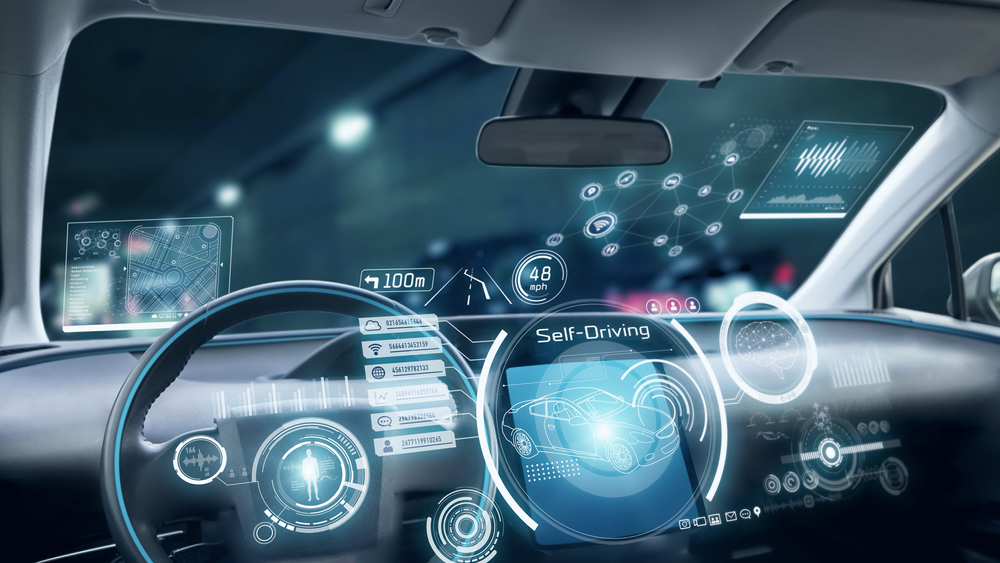
The fast pace of technological advancements can create a risk of obsolescence for newly purchased electric vehicles. What is cutting-edge today could be outdated within a few years, forcing public transportation agencies to continuously invest in upgrades. This constant need for technological adaptation can place a financial strain on already tight budgets. Long-term planning must account for the rapid evolution of electric vehicle technology.
Material Scarcity for Batteries
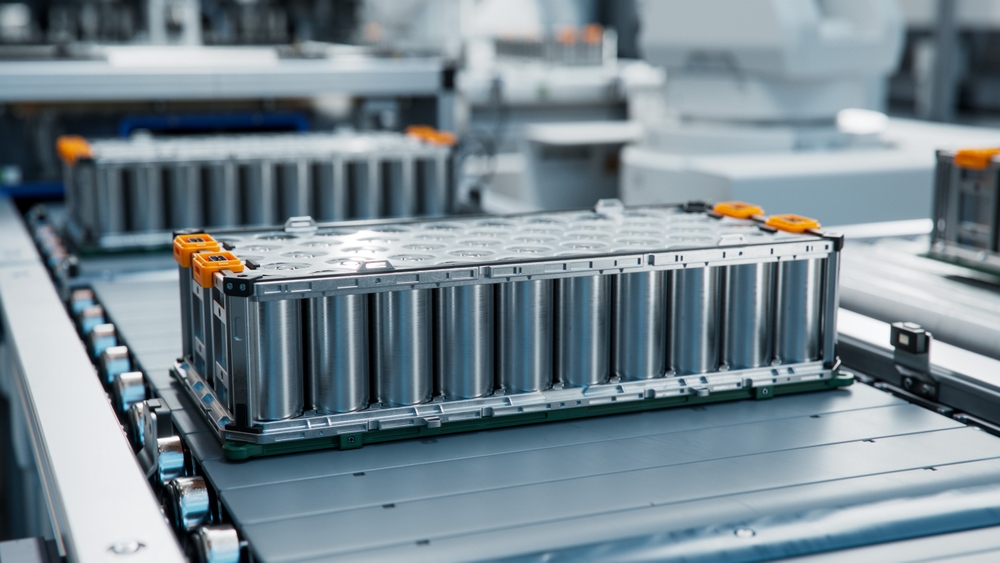
Electric public transportation relies heavily on materials like lithium and cobalt for battery production. These resources are finite and increasingly in demand, which could lead to supply shortages and price spikes. Additionally, the environmental and ethical concerns surrounding the mining of these materials are growing. Securing a sustainable and ethical supply chain for batteries is critical to the future of electric transportation.
Workforce Training and Adaptation
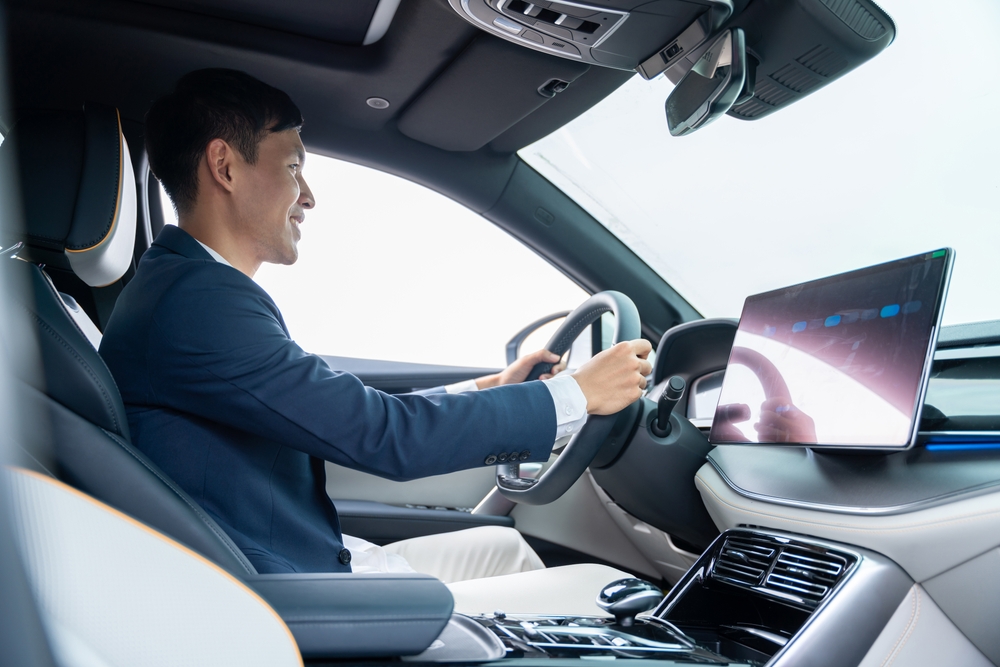
Transitioning to electric vehicles requires a workforce equipped with specialized skills, particularly for maintenance and repair. Many employees, including drivers and mechanics, will need extensive training to manage the different systems and technologies in electric public transportation. Resistance to change, coupled with the cost of retraining staff, can slow down the adoption process. Developing comprehensive training programs is essential for a smooth transition.
Regulatory Hurdles

Inconsistent or outdated regulations can impede the growth of electric public transportation systems. Each region has different rules governing vehicle emissions, public procurement, and infrastructure, which can slow down or complicate the adoption of electric vehicles. Governments need to adapt policies to support electric transportation, ensuring that regulatory frameworks are aligned with sustainability goals. Easing these barriers is crucial for smooth implementation.
Battery Disposal and Recycling Challenges
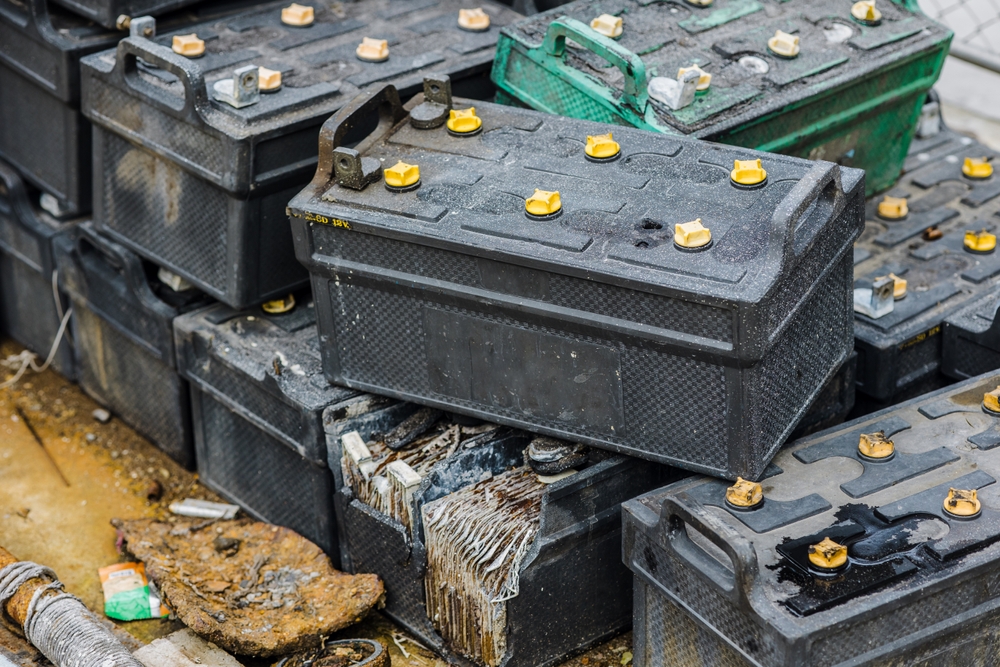
The sustainability of electric public transportation is undermined by the challenges posed by battery disposal and recycling. Lithium-ion batteries contain hazardous materials that require careful handling at the end of their life cycle. Recycling technologies for these batteries are still developing, meaning many old batteries may end up in landfills. Creating robust systems for the responsible disposal and recycling of batteries is a key component of sustainability.
Integration with Existing Systems

The switch to electric public transportation must align with existing networks of buses, trains, and maintenance facilities. Integrating electric vehicles into older systems may require extensive retrofitting of infrastructure, such as depots and garages. Additionally, ensuring compatibility with current power grids and communication networks can be expensive and time-consuming. Seamless integration is necessary to avoid disruptions and inefficiencies.
Long Charging Times

Compared to conventional fuel vehicles, electric buses and trains require significantly longer charging times. This downtime can disrupt service, especially in busy cities where transportation must run continuously throughout the day. Rapid charging technology is improving, but it is not yet widely available or affordable for all cities. Minimizing charging time is crucial for maintaining reliable and efficient public transportation services.
Financial Viability Over Time

While electric vehicles offer lower operational costs due to cheaper energy and less frequent maintenance, their financial viability over time is uncertain. High upfront costs, coupled with ongoing maintenance and battery replacement expenses, can strain transportation budgets. Without consistent government subsidies or public-private partnerships, many cities may struggle to make electric public transport financially sustainable in the long run.
Dependence on Clean Energy Sources

Electric public transportation is only as green as the power grid that supports it. In areas where electricity is generated predominantly from fossil fuels, the environmental benefits of electrification are significantly reduced. Transitioning to renewable energy sources, such as wind and solar, is critical to ensure that electric public transport systems truly contribute to reducing carbon emissions. Otherwise, the shift may offer only marginal environmental improvements.
Rapid Urban Growth

Urbanization is accelerating, and public transportation systems must expand to meet the needs of growing populations. Scaling electric transportation systems quickly enough to accommodate urban growth is a significant challenge, especially when infrastructure development lags behind population increases. Overcrowding, service delays, and reduced reliability may occur if electric systems can’t keep up with the demand. Ensuring scalability is essential for success.
Inconsistent Government Support
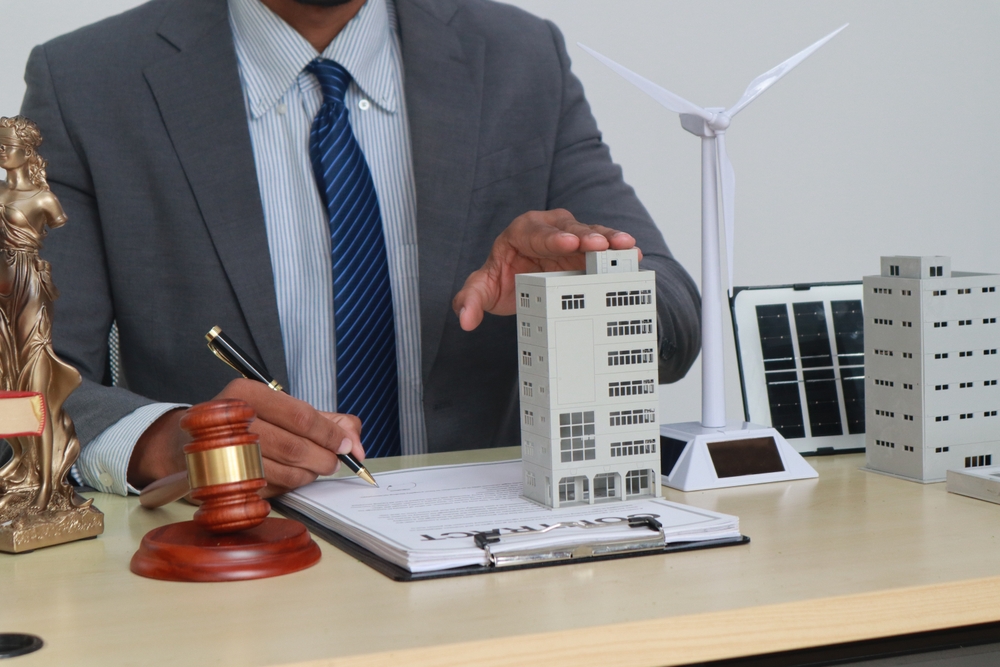
Electric public transportation relies on stable government funding and policy support, but both can fluctuate due to political changes or economic downturns. Programs promoting electric vehicles may lose momentum if government priorities shift or budgets are cut. Consistent and long-term governmental commitment is essential for the successful expansion of electric transportation systems. Without it, progress could stall, leaving cities reliant on outdated and polluting technologies.
This article originally appeared in MyCarMakesNoise.
More from MyCarMakesNoise
16 Must-Visit Naval Museums Featuring Historic Ships and Submarines

Naval museums offer a unique glimpse into maritime history, showcasing historic ships and submarines that played vital roles in shaping the world. Read More.
Lexus’s 19 Most Reliable Vehicles and Their Impact on the Luxury Market

Lexus has built a reputation for crafting luxury vehicles that stand the test of time. We’ll explore 19 of their most reliable models and how these vehicles have shaped the luxury market. Read More.
Hyundai’s Top 20 Reliable Models That Offer Great Value
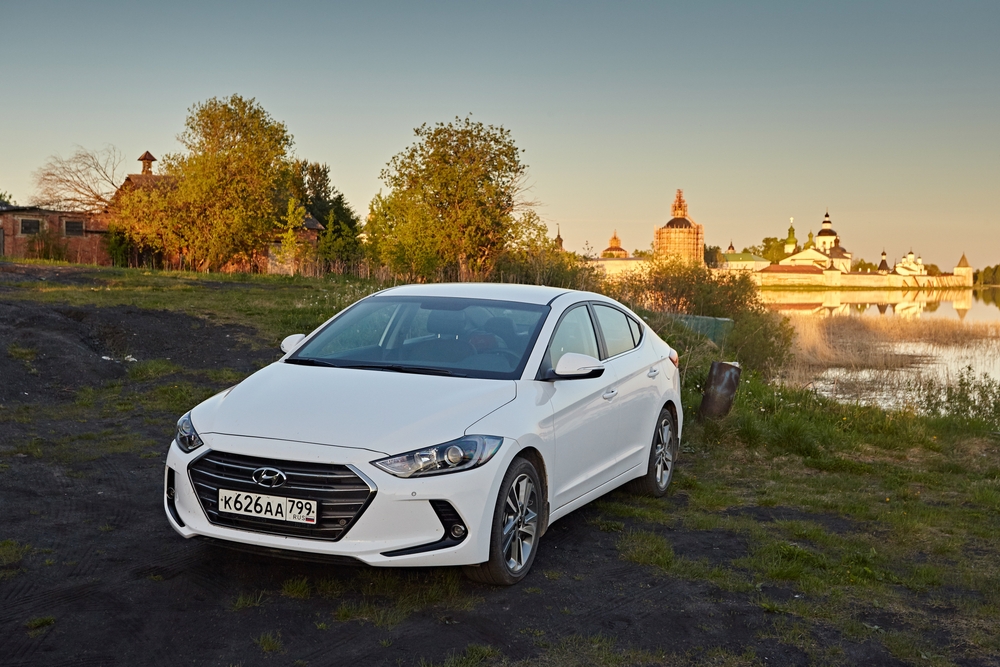
When it comes to finding a car that balances reliability and value, Hyundai has consistently delivered. This article highlights 20 of Hyundai’s most reliable models, showcasing why they offer great value for your money. Read More.

